Boxers are one of the most popular dog breeds in the world, known for their boundless energy, friendly disposition, and incredible loyalty. With a distinct look and an affectionate nature, these dogs make wonderful companions for families, singles, and active individuals alike. Whether you’re considering adopting a Boxer or are simply fascinated by the breed, this comprehensive guide covers everything you need to know—from their history and unique physical traits to their weight, height, care requirements, and much more.

History of the Boxer Dog
The Boxer breed has a rich history that dates back to the late 19th century in Germany. Originally bred for hunting large game, Boxers were developed by crossing the Bullenbeisser, an ancient German hunting dog, with the English Bulldog. The aim was to create a dog that was strong, agile, and capable of tracking and holding large prey, such as boar, deer, and even bison. Boxers were also used for guarding, working alongside humans to protect homes and livestock.
The breed’s name, “Boxer,” is believed to come from their playful and engaging behavior. Boxers are known to “box” with their front paws, especially when playing with their owners. This playful characteristic is often exhibited during puppyhood and continues through adulthood.
The Boxer quickly became a favorite among dog lovers because of its remarkable intelligence, athleticism, and affectionate personality. By the early 20th century, Boxers had made their way to the United States and were officially recognized by the American Kennel Club (AKC) in 1904. They quickly gained popularity as family pets, working dogs, and even show dogs.
Physical Characteristics of the Boxer

Boxers are a medium to large-sized breed, known for their muscular build and athleticism. Here’s a detailed look at their physical traits:
Size:
- Height:
- Males: 23 to 25 inches (58 to 64 cm)
- Females: 21 to 23 inches (53 to 61 cm)
- Weight:
- Males: 65 to 80 pounds (29 to 36 kg)
- Females: 50 to 65 pounds (23 to 29 kg)
The Boxer’s size is a defining characteristic, with a compact but muscular body. They have a broad chest, strong legs, and a square-shaped body that reflects their athletic nature.
Coat and Color:
- Coat: Boxers have a short, smooth coat that lies flat against the body. It is easy to maintain, but they shed moderately.
- Color: Their coat color varies, with fawn (light tan or yellowish-brown) and brindle (a mix of dark and light stripes) being the most common. Some Boxers have white markings on their chest, paws, and face, although solid white Boxers exist as well. However, it’s important to note that while white Boxers are striking in appearance, they are often considered non-standard by breed registries.
Face and Expression:

- Boxers have an expressive face, characterized by a strong jawline, short muzzle, and a distinct “underbite.” They are also known for their wide-set, dark eyes that often convey an energetic and friendly demeanor.
- The breed’s ears are typically cropped, though natural ears are increasingly popular. The cropped ears give the Boxer a more alert, intense appearance, while natural ears give them a more relaxed and approachable look.
Temperament of the Boxer
Boxers are known for their playful, energetic, and loyal temperament. They are incredibly social dogs and love to be the center of attention. While they may appear tough or intimidating due to their physical build, Boxers are known for being affectionate and gentle, especially with their families.
Key Traits:
- Friendly and Sociable: Boxers are generally friendly with everyone they meet, including strangers, although they do have a protective side when it comes to their family. Early socialization is key to raising a well-rounded Boxer.
- Energetic and Playful: Boxers are known for their high energy levels and love for playtime. They are often described as “eternal puppies,” as they retain their playful nature well into adulthood. Daily exercise and mental stimulation are crucial to prevent boredom.
- Loyal and Protective: Boxers are fiercely loyal to their families and will go to great lengths to protect them. Their natural guarding instinct makes them excellent watchdogs, though they are not aggressive unless provoked.
- Intelligent: Boxers are highly intelligent and respond well to training, although they can also be a bit stubborn at times. Positive reinforcement techniques work best with them, as they love to please their owners.
Family-Friendly:
Boxers are great with children, making them an ideal choice for families. Their playful and protective nature ensures that they form strong bonds with younger members of the household. They are also known to be patient and gentle, making them wonderful companions for kids of all ages.
However, due to their high energy levels, it’s essential to supervise playtime with young children to avoid accidental rough play or knocks.
Health and Lifespan of the Boxer
Like all breeds, Boxers are susceptible to certain health conditions. However, with proper care, they can live a long and happy life. The average lifespan of a Boxer is 10 to 12 years.
Get these especial vitamins for your beloved dog, here is the link:
Common Health Issues:
- Hip Dysplasia: Like many large breeds, Boxers can suffer from hip dysplasia, a condition where the hip joint doesn’t form properly, leading to arthritis and pain. Regular vet checkups and maintaining an optimal weight can help manage the condition.
- Heart Disease: Boxers are prone to a heart condition known as dilated cardiomyopathy, which affects the heart’s ability to pump blood effectively. Regular heart screenings and early detection are key.
- Cancer: Unfortunately, cancer is more common in Boxers than in some other breeds, particularly mast cell tumors and lymphoma. Routine veterinary visits and awareness of symptoms are essential for early detection.
- Allergies: Boxers can be prone to food and environmental allergies, which can cause skin irritation, ear infections, and gastrointestinal issues.
- Brachycephalic Syndrome: Due to their short muzzle, Boxers can be prone to breathing difficulties, especially in hot or humid conditions. Always ensure your Boxer has access to cool, clean air and avoid overexertion in high heat.
Exercise and Care for a Boxer

Boxers are energetic dogs that require plenty of exercise and mental stimulation to stay healthy and happy. Here’s what you need to know to provide proper care:
Exercise Needs:
- Boxers are highly active dogs that require at least 1 to 2 hours of exercise per day. This can include walks, playtime in a secure yard, and interactive games like fetch.
- They thrive in environments where they can run and play, so regular trips to the dog park or safe open spaces are ideal.
- Due to their high energy levels, it’s important to provide both physical and mental stimulation. Puzzle toys, obedience training, and agility courses are great ways to keep their minds sharp.
Training and Socialization:
- Early socialization and training are vital for Boxers, as they tend to be strong-willed and independent. Start socializing them with people, other dogs, and different environments from a young age.
- Positive reinforcement techniques work best for Boxers, as they love to please their owners. Consistency and patience are key when training a Boxer.
Grooming:
- Boxers have short coats that are easy to maintain, but they do shed moderately. Regular brushing with a soft brush can help minimize shedding and keep their coat healthy.
- Routine grooming includes trimming their nails, cleaning their ears, and brushing their teeth to prevent dental issues.
Boxer Weight and Height Chart

To better understand the growth and development of a Boxer, here’s a detailed Boxer weight and height chart:
| Age | Male Boxer (Height/Weight) | Female Boxer (Height/Weight) |
|---|---|---|
| Puppy (8-12 Weeks) | 12-16 inches / 10-15 lbs. | 12-15 inches / 8-13 lbs. |
| 6 Months | 16-20 inches / 35-45 lbs. | 14-18 inches / 30-40 lbs. |
| 1 Year | 22-25 inches / 50-65 lbs. | 21-23 inches / 40-55 lbs. |
| Adult | 23-25 inches / 65-80 lbs. | 21-23 inches / 50-65 lbs. |
As you can see, Boxers are fully grown by 1 to 2 years of age, with males generally being larger than females. Proper nutrition and exercise during their developmental years are important to help maintain a healthy weight and prevent obesity.
“Fuel Your Boxer’s Strength with Royal Canin Boxer Adult Dry Dog Food – 30 lb Bag!”
“Give your Boxer the nutrition they deserve with Royal Canin Boxer Adult Dry Dog Food! Specially formulated for muscle support, heart health, and optimal digestion, this 30 lb bag is designed to keep your energetic companion strong and healthy. Order now for a happy, active Boxer!”
Check it out the link:
- FORMULATED FOR PUREBRED BOXERS: Royal Canin Boxer Adult Dry Dog Food is designed to meet the nutritional needs of purebr…
- SPECIALIZED KIBBLE: Unique kibble shape helps Boxers easily pick up and chew their food
- MUSCLE SUPPORT: Precise protein content and L-carnitine provide muscle support and weight management
The Boxer is a dynamic and affectionate breed with a rich history and distinctive traits. Here are 10 fascinating facts about Boxers:
- Ancient Lineage: Boxers trace their ancestry to ancient Assyrian war dogs, dating back as far as 2000 BC. American Kennel Club
- German Origins: The modern Boxer was developed in Germany in the late 19th century, primarily from the now-extinct Bullenbeisser and the Old English Bulldog. Wikipedia
- Distinctive Appearance: Boxers are known for their square muzzle, strong jaw, and muscular build. Their expressive faces often feature a black mask, and their coats can be fawn, brindle, or white.
- Playful Temperament: Boxers are energetic and playful, often displaying a unique behavior of using their front paws to “box” during play.
- Family-Friendly: Known for their affectionate nature, Boxers are excellent with children and make loyal family companions.
- Working Dogs: Boxers have been employed in various roles, including military and police work, search and rescue, and as service dogs, due to their intelligence and trainability.
- Health Considerations: Boxers are prone to certain health issues, such as heart conditions and cancer. Regular veterinary check-ups and a healthy lifestyle are essential.
- Exercise Needs: With their high energy levels, Boxers require regular physical activity to stay healthy and prevent behavioral issues.
- Coat and Grooming: Their short, smooth coat is low-maintenance, requiring only regular brushing to keep it healthy.
- Lifespan: Boxers typically live between 10 to 12 years, with proper care and attention to their health needs.
Boxers are a remarkable breed, combining strength, intelligence, and affection. Their unique characteristics make them cherished companions for many families.

Conclusion
Boxers are an incredible breed—loyal, playful, protective, and full of energy. They make wonderful companions for families, active individuals, and anyone looking for a loving, intelligent dog. While they may require plenty of attention and exercise, the reward is a loyal companion that will be by your side for years to come.
By understanding their history, physical traits, health needs, and care requirements, you can provide the best possible life for your Boxer. Whether you’re a first-time dog owner or a seasoned dog lover, the Boxer’s affectionate nature and playful spirit are sure to steal your heart.
“Boxer Dog Shirt, Mug, and Keychain – Perfect Accessories for Boxer Lovers”

Celebrate your love for the Boxer dog breed with our exclusive collection of Boxer-inspired products! Whether you’re looking for a stylish Boxer dog shirt, a fun Boxer mug, or a practical Boxer keychain, we have everything you need to showcase your admiration for this energetic and loyal breed. Each item is made from high-quality materials, designed to capture the Boxer’s playful spirit and loyalty. Perfect as a gift for Boxer enthusiasts or a treat for yourself, these Boxer dog gifts are sure to bring joy to any dog lover. Order now and carry your Boxer pride with you wherever you go!


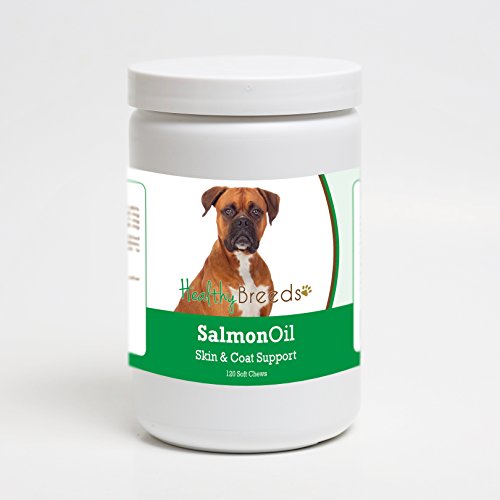

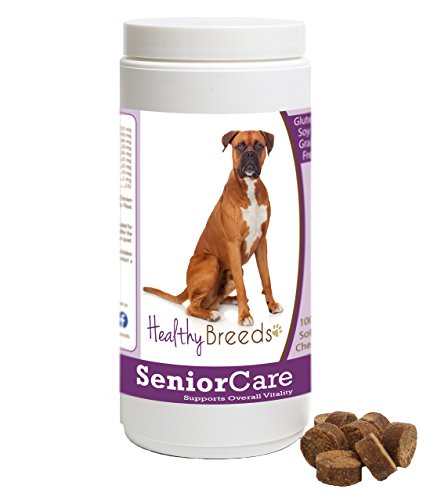
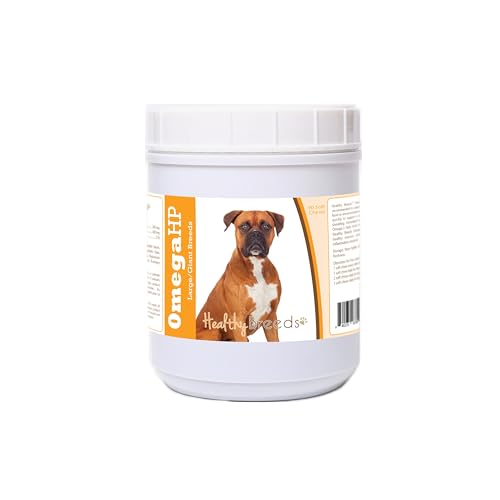
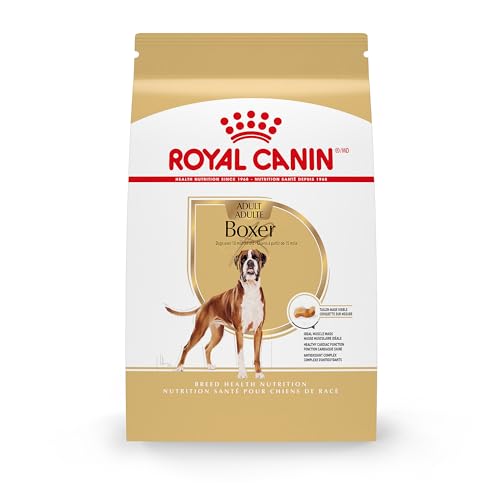

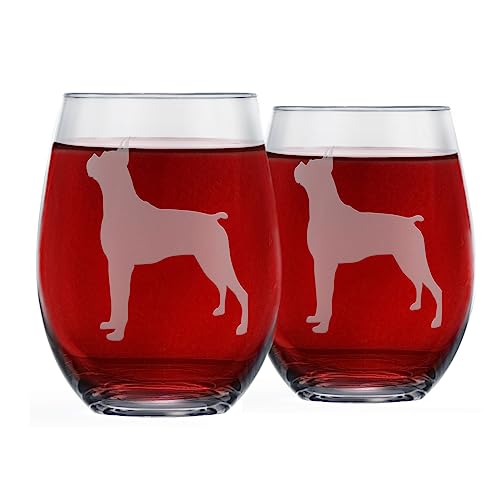

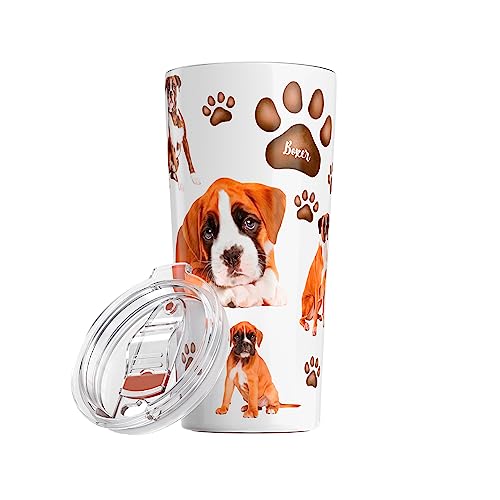

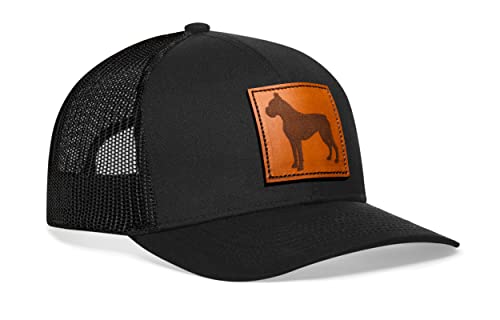
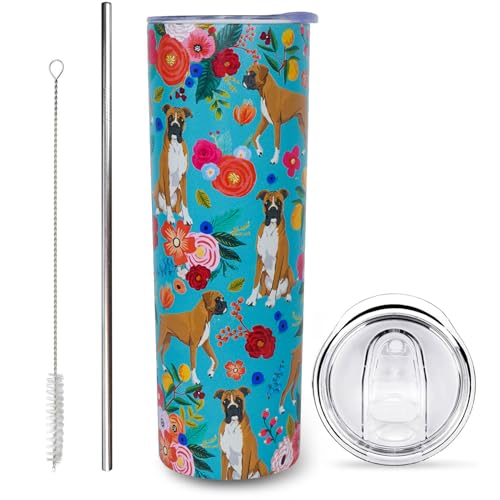


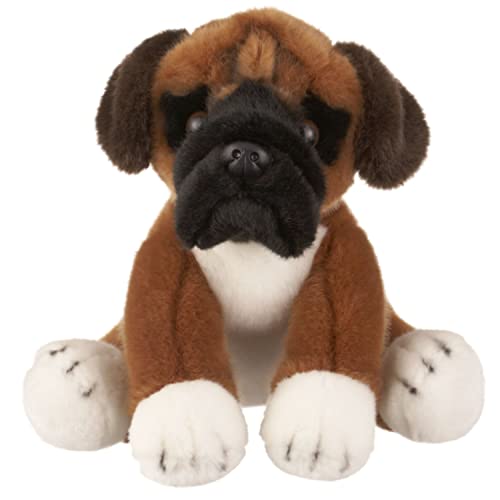
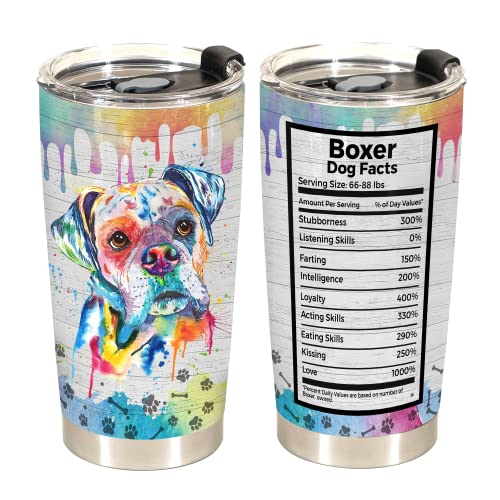

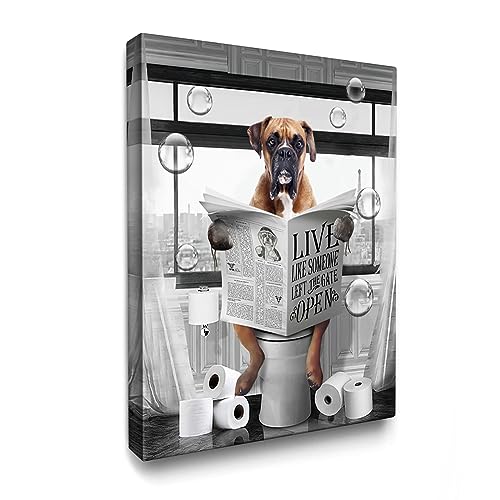
Leave a Reply